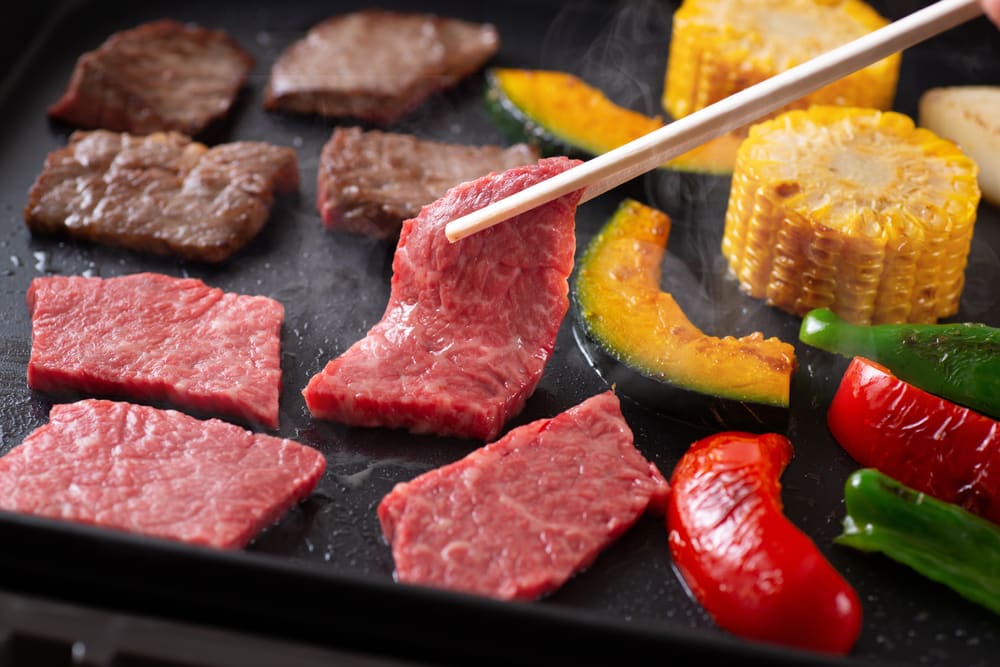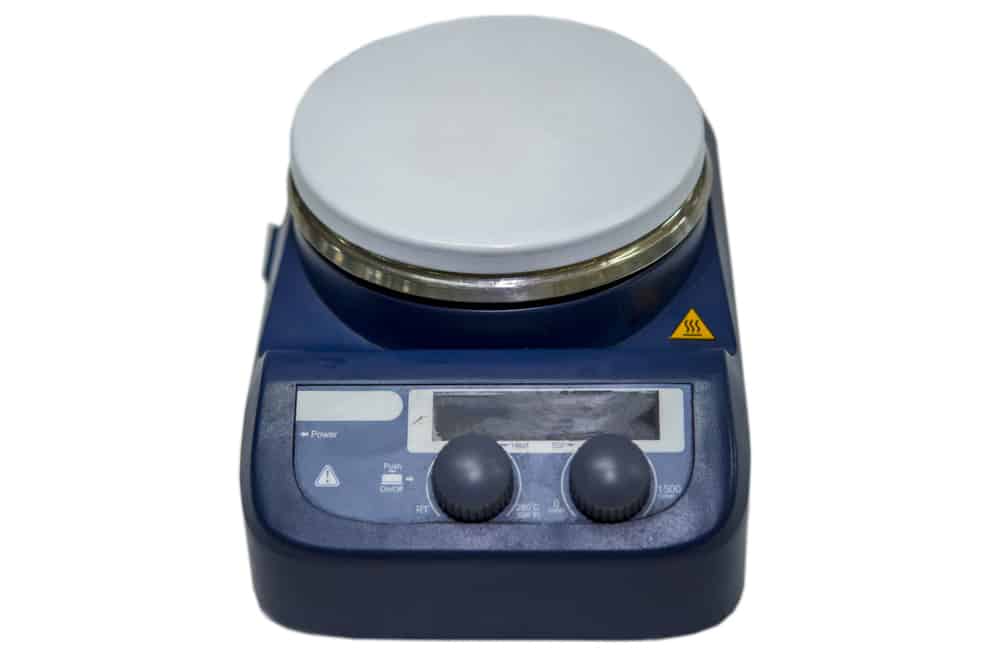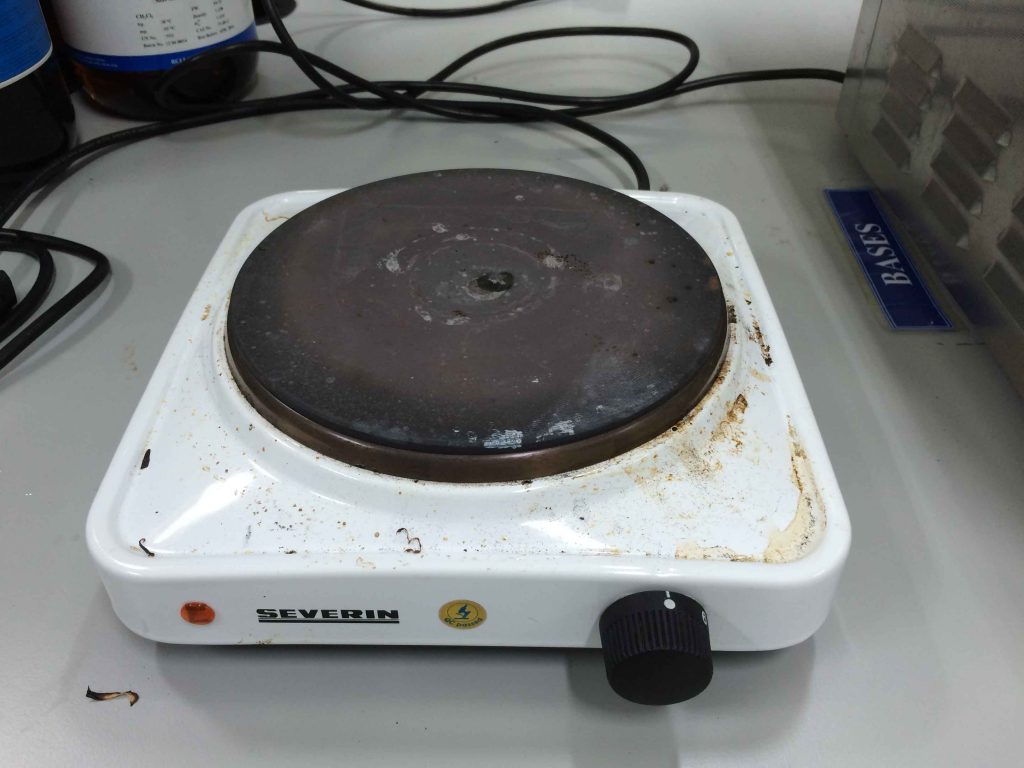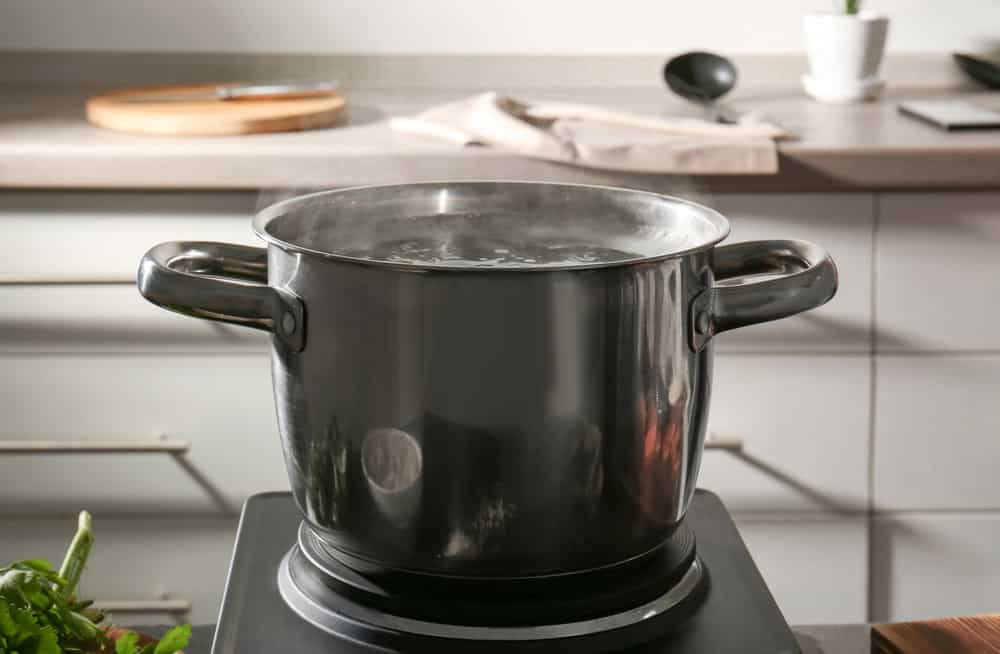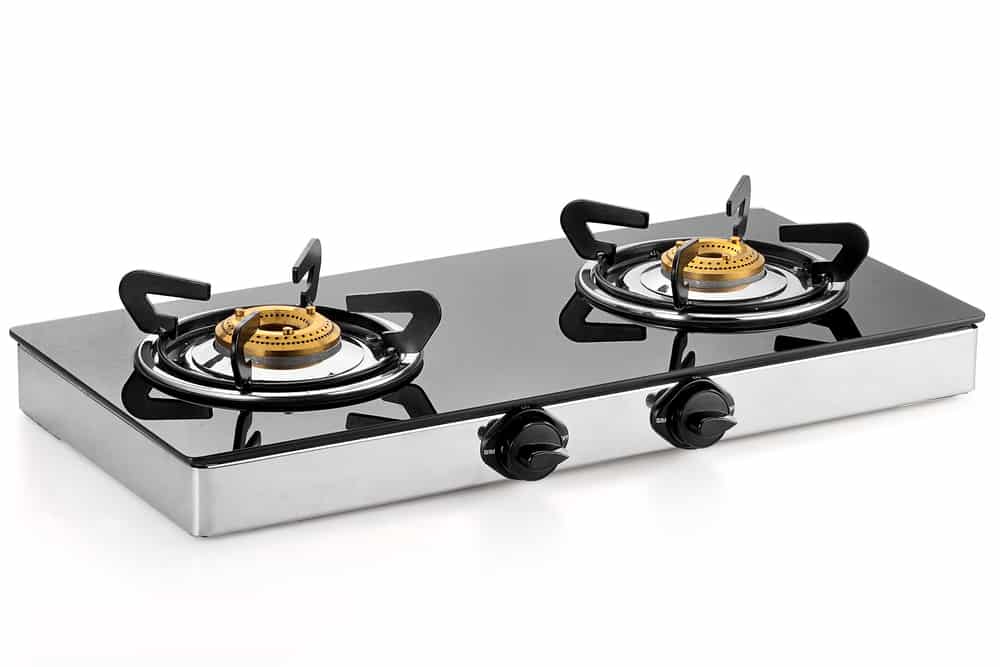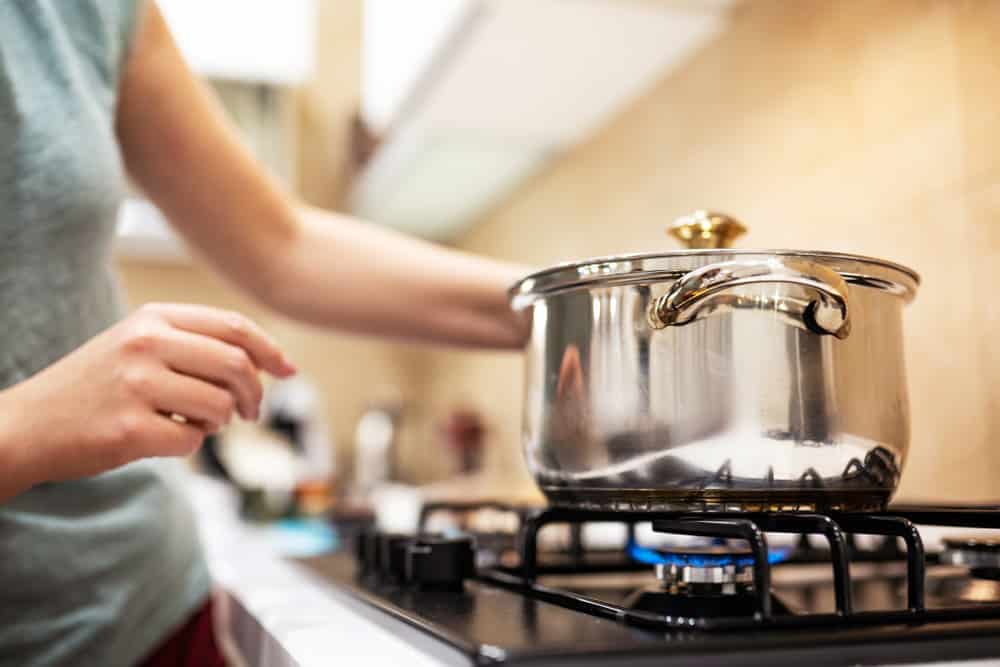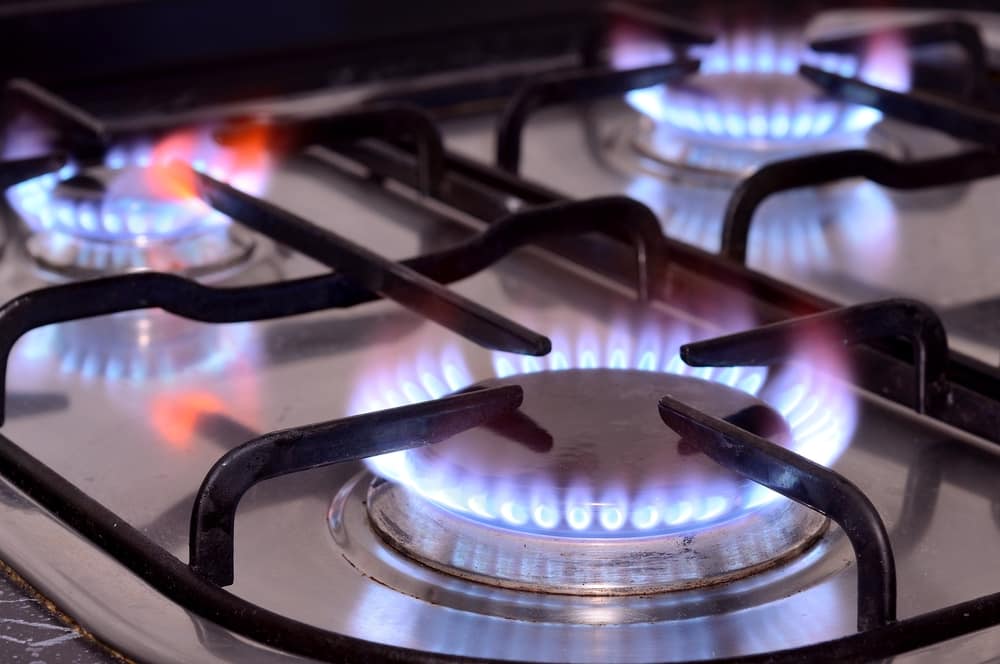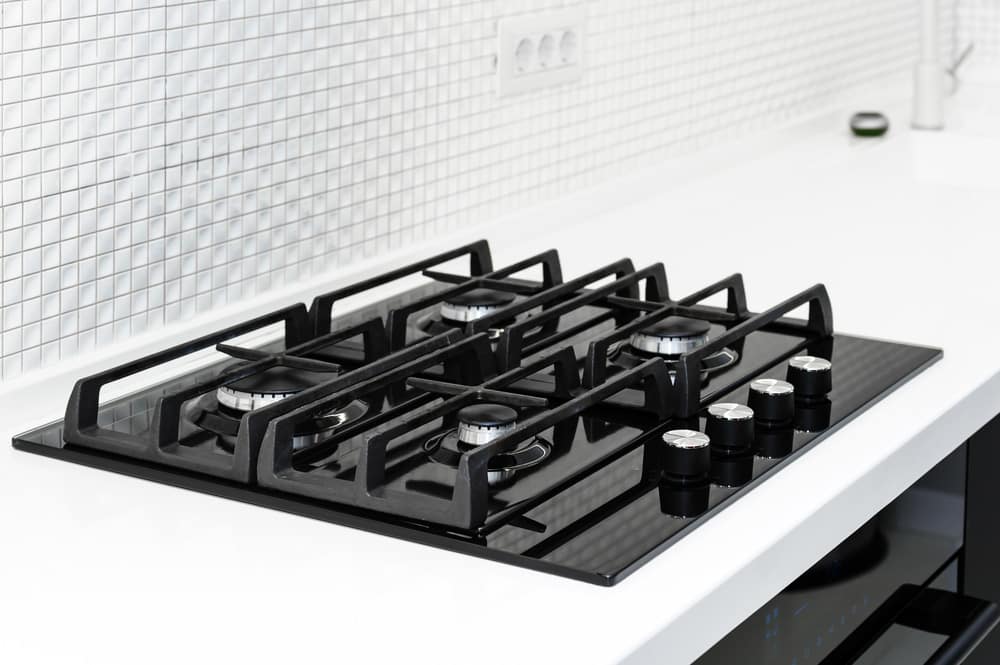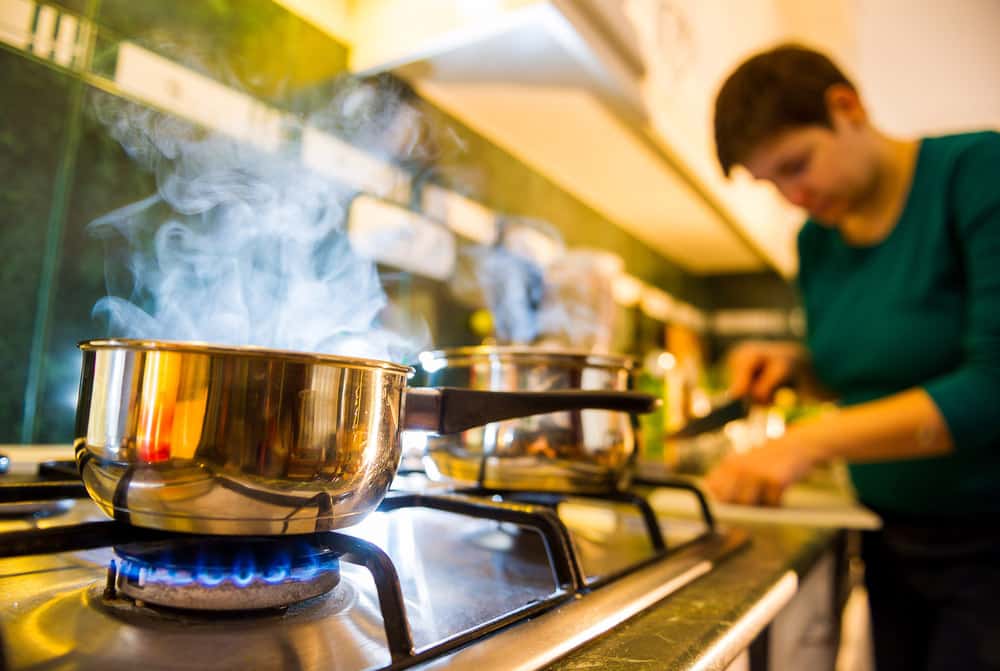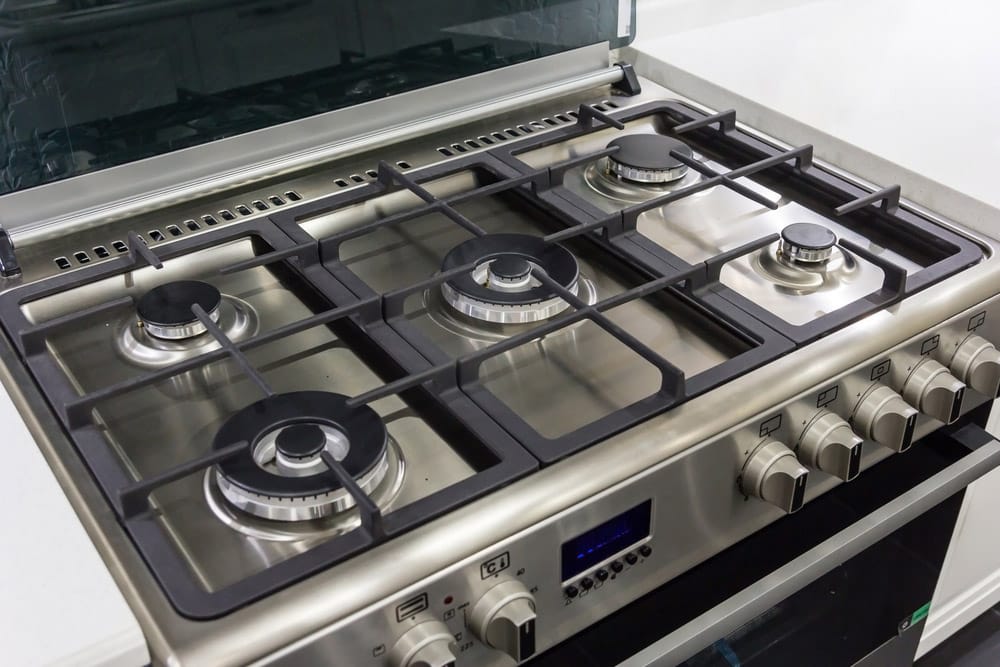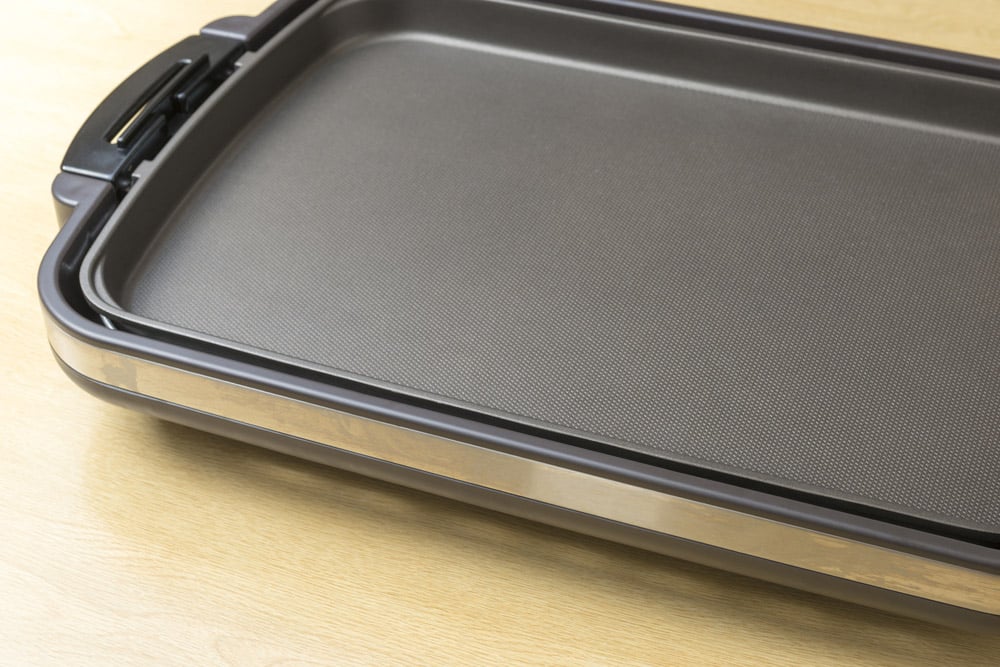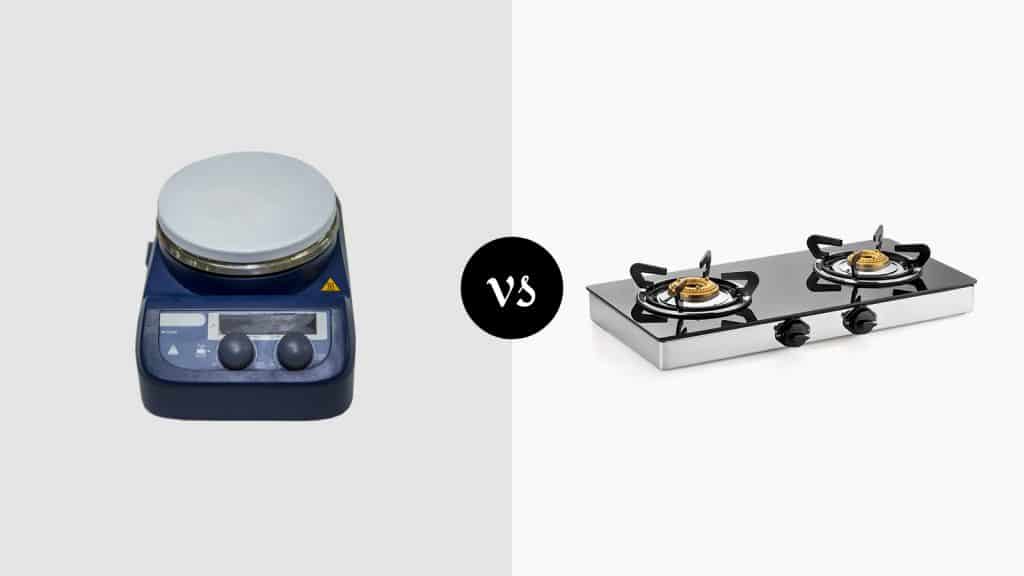
A hot plate is generally used to prepare meals in locations where it is not convenient to use a full-sized kitchen stove. You can use the hot plate as a standalone appliance, but it is also recommended as an additional burner for those who need more plates than their stove offers.
It’s also the ideal low-budget choice. Yet, budget alone doesn’t always determine whether or not you need a stove or hotplate.
We’ll be taking you through a comprehensive comparison of hot plate vs. stove so that you know the benefits and advantages, pricing, suitability, and every other factor pertinent in deciding which is best for your home.
Hot Plate Vs. Stove Comparison
| Hot Plate | Stove | |
|---|---|---|
| Definition | Compact Cooktop Offering One Or Two Burners, Powered By Electricity, Gas Or Alternative Fuel | Two To Four Burner Cooking Appliance Often With Integrated Oven Or Oven & Hob Design Powered By Electricity, Gas Or Alternative Fuel |
| Food Quality | Good Food Quality, Not As High Performance As Stove | Optimal Performance & Best Food Quality |
| Burners | 1-2 Plates/Burners | 2-4 Plates/Burners With Additional Burners Present On Ranges |
| Variations | Gas, Electric, Alternative Fuel | Spiral & Solid Plates/Burners | High-Performance, High-Efficiency Induction Burners/Plates Available | 2, 3 Or 4 Burners In Solid Or Spiral Design, Integrated Oven & Stove Or Oven & Hob Design |
| Wattage | 1200-2200 Watts | 2000-5000 Watts |
| Electricity Consumption | 1200 Watts - 36 Kilowatt Hours/Month | 3000 Watts - 90 Kilowatt Hours/Month |
| Oven | No Oven Present | 24-Inches, 27-Inches & 30-Inches Wide Oven | 22-24 Inch Depth (27 Inch With Doors & Handles) |
| Size | 22.5 x 10.5 x 4.25 Inches Average | 34.5 x 36 x 24-Inches Average |
| Affordability | High Affordability | $30-$100 Price Range | $700+ |
| Advantages | Compact Cooking, High Portability, High Affordability, Great Value For Multipurpose Use | Best Efficiency, Best Performance, Best Cooking Results, Fast Heating, Parts & Repairs Available, Outstanding Durability |
| Disadvantages | Low Efficiency, Poor Design Can Limit Use, Takes Longer To Cook On Hot Plate | Immovable, High Price Point, High Wattage Translates To More Immediate Electricity Usage |
Hot Plate vs Stove
The perfect appliance or selection of kitchen tools at your disposal depends on many factors ranging from the size of where you’re working to what you plan to be making.
Our comprehensive comparison of a hot plate vs. stove will give you everything that you need to know to buy the best equipment possible.
Hot Plate
Almost everyone has a hot plate. Whether it’s in active use, standing ready to offer an extra burner, or packed away for emergencies or travel, hot plates are almost essential to every kitchen.
Here’s a breakdown of what characteristics to look for and what to expect from leading hot plates today.
What Is A Hotplate?
A hot plate is a compact cooktop that typically offers one or two burners that are powered by either electricity, gas, or an alternative fuel source like biofuel.
While most hot plates refer to the kitchen appliance created for cooking food, the term can also refer to heating devices used in a laboratory.
Food Quality
While one can’t fault the quality of food cooked on a good quality hot plate, a stove does generally provide better heat retention and heat distribution. Furthermore, a stove’s plates typically warm up faster as well.
However, if one opts for a high-quality hot plate, the performance should be on par with that of a stove. It’s the inconsistency of heat common to cheap hot plates that leads to lower quality food.
Burners
A hot plate will only ever offer one or two plates. Two plate hot plates are far more common than single plate designs.
A single burner is only typically offered by compact hot plates intended for camping and other portable applications and induction cooking tops designed to save space while expanding a kitchen’s number of cooking surfaces.
Variations
There are gas, electric, and alternative fuel-powered hot plates available. Furthermore, gas and electric hot plates are offered with either a solid or spiral burner design.
The solid burner takes longer to heat up but offers more even heat distribution, whereas spiral burners heat far faster and generally reach a higher temperature, but the heat isn’t dispersed as smoothly.
Wattage
The wattage of each hot plate depends on its quality and the number of burners. You’ll seldom find two burner hot plates running on less than 1200 watts shared between the two.
Most high-end hot plates are powered by between 1500 to 2200 watts, which is highly preferable and on-par with the performance of a conventional stovetop’s burners.
We’d advise all shoppers to opt for at least 900 watts on a single burner hot plate and a minimum of 1800 watts for two burners.
Electricity Consumption
A 1200-watt hot plate will consume around 36-kilowatt hours in one month if used twice a day to cook the average meal.
Oven
As a hot plate, there’s no oven present, unlike a stove which offers an oven of variable size.
Size
While space-saving hot plates are always welcomed, one has to take care to ensure that the appliance is large enough to house two large pots next to each other comfortably, or cooking becomes difficult.
The average two-burner hot plate weighs just under ten pounds and measures in the region of 22.5 x 10.5 x 4.25 inches.
Affordability
The cheapest two burner hot plates available retail for approximately a 15th of the price of a standard four plate stove and oven. High-end hot plates retail for roughly a 10th of an oven.
Expect to pay anywhere between $30 to $100 for an electric hot plate depending on the quality and brand.
Advantages
There is no other cooking surface that offers the cooking comfort of a large cooking area and easy temperature controls while taking up as little space as a hot plate.
It’s the compact, portable design that makes these appliances a winner when it comes to a cooktop that you intend to carry with you. Another prime advantage to hot plates is just how cheap they are.
Disadvantages
Hot plates aren’t as efficient as stoves. This means that they’re most costly to operate, and it takes longer to prepare your food. With the average hot plate taking longer to both heat up and cool down, there’s a lot more waiting involved than when using a stove.
As we mentioned earlier, the design of a hot plate can be make or break. Cheap hot plates all too often don’t leave enough room for two large cooking surfaces like pots or pans to be used directly next to each other simultaneously.
Envision the measurements and ensure that your pots and pans will fit comfortably without crowding each other’s space or ending up positioned so far off the burner’s center that the temperature controls end up scorched or melted.
The lower efficiency means that it’s more costly overtime to cook on a hot plate than on a stove. They may be cheaper to buy, but you’re using more electricity over a long-term period unless you buy a high-efficiency, high-quality brand or an induction hot plate.
Stove
A reliable stove is the fundamental heart of every kitchen. Whether a freestanding appliance or an oven and hob, your stove and its performance are vitally important to your kitchen’s functional layout and practical cooking capabilities.
Let’s take a closer look at stoves and what they offer to the modern cook.
What Is A Stove?
A stove is a cooking appliance that offers two to four burners and an oven that’s powered by electricity, gas, or an alternative fuel source like wood.
While the kitchen stove is referred to in most cases, countless forms of stoves that rely on direct heat for heating various materials are in production. Stoves are also available as an oven and hob design whereby the oven and stovetop are separate from each other.
Food Quality
Although notably poor exceptions have been encountered, the performance of a stove is vastly better than the average hot plate.
This translates to better food quality thanks to better efficiency, heating, heat distribution, and better overall general build quality on the appliance itself.
Burners
Two, three, four, and higher numbers of burners are offered on stoves and enlarged stoves known as ranges. Two and three burner stoves are available but uncommon. Four burners are what most offer.
Certain stoves and ranges will supply a fifth burner that offers a little extra space for simmering things like soups and sauces. One will also, at times, find a searing station that allows specialized high-heat cooking at a higher temperature than the standard burners.
Variations
There are gas, electric, and alternative fuel-powered stoves available. Just like hot plates, the plates of a stove are either offered in a solid or spiral design. Solid offers more even heat distribution but takes longer to warm. Spiral plates heat quickly but don’t disperse heat evenly.
Two basic types of stoves exist. The first design integrates the stove and oven into a freestanding single-unit appliance, whereas the second features a stovetop hob and oven separate from each other.
An oven and hob need to be mounted individually into cabinetry and do not need to be positioned nearby to each other, as is the case with the fixed positioning of a freestanding stove.
Wattage
The average compact four plate stove with a 5-cubic feet oven capacity draws between 2000 and 5000 watts or more. Just the four plates are powered by 3000 watts on average, while most ovens exceed 3000 watts in power on average as well.
Electricity Consumption
A 3000-watt oven will set you back roughly 12 cents per kilowatt-hour. If you’re using all the plates, double it to 24 cents per kilowatt-hour on average when running at high heat.
Oven
The three standardized oven sizes are 24-inches, 27-inches, and 30-inches wide. A single oven is typically 27 or 29 inches tall with a depth of 22 to 24 inches and 27 inches if you include the doors and handles. Small ovens typically accommodate 3 cubic feet of space.
Standard ovens offer 5 cubic feet. Ranges fitted with five burners normally provide 3.8 cubic feet of oven capacity or more.
Size
The average stove with an oven is roughly 30 inches wide and 36 inches tall. Cabinets, therefore, need to be around 34 1/2 inches wide, 36 inches tall and 24-inches deep.
Affordability
An affordable, entry-level compact freestanding kitchen stove will set you back roughly ten to fifteen times the price of a similar quality hot plate. The cheapest reliable stoves retail from $700 upward, with the average good four plate stove costing around $1000 or more.
Advantages
There’s no denying the better cook that you get from a stove. It offers an authentic cooking experience for a good reason.
Not only does one typically have the full range of four burners or more at your disposal, but there’s ample space to work with all four plates without feeling cramped. Stoves are far more efficient than hot plates.
This means that even if the heat to a higher temperature, stoves do it faster, which lets you cook quicker and thus use less electricity, especially over an extended period of time. Should something go wrong with a stove, there’s a very good chance you’ll be able to get it repaired.
Parts are readily available for all leading brands, and there’s an ample range of technicians to choose from in most localities. Even though high-end hot plates are set to last a long time, nothing compares to the durability of a good stove.
Take care of the interior and exterior, and it’ll outlast any hot plate.
Disadvantages
Unlike a hot plate which you can pick up at a whim, stoves are not portable.
Portable stove designs are available for campers, RVs, and other semi-fixed uses, but every stovetop will always be massively larger than a hot plate or several hotplates offering the same number of burners.
The high wattage offered by the average stovetop may grant improved cooking performance but keep in mind that you’ll be burning through electricity if you do have a high-performance stove.
This being said, the efficiency is far greater, which means that you’ll still be spending less money over a long-term period.
What Is The Difference Between Hot Plate Vs. Stove?
The main difference between a hot plate vs. stove is that a hot plate is portable and offers limited wattage and heating power in comparison to its counterpart, whereas a stove is a fixed standing cooking appliance that often features an integrated oven.
Stoves outperform hot plates and are more efficient, but hot plates excel at mobility.
